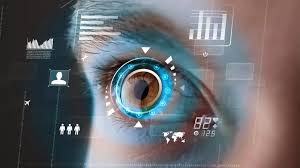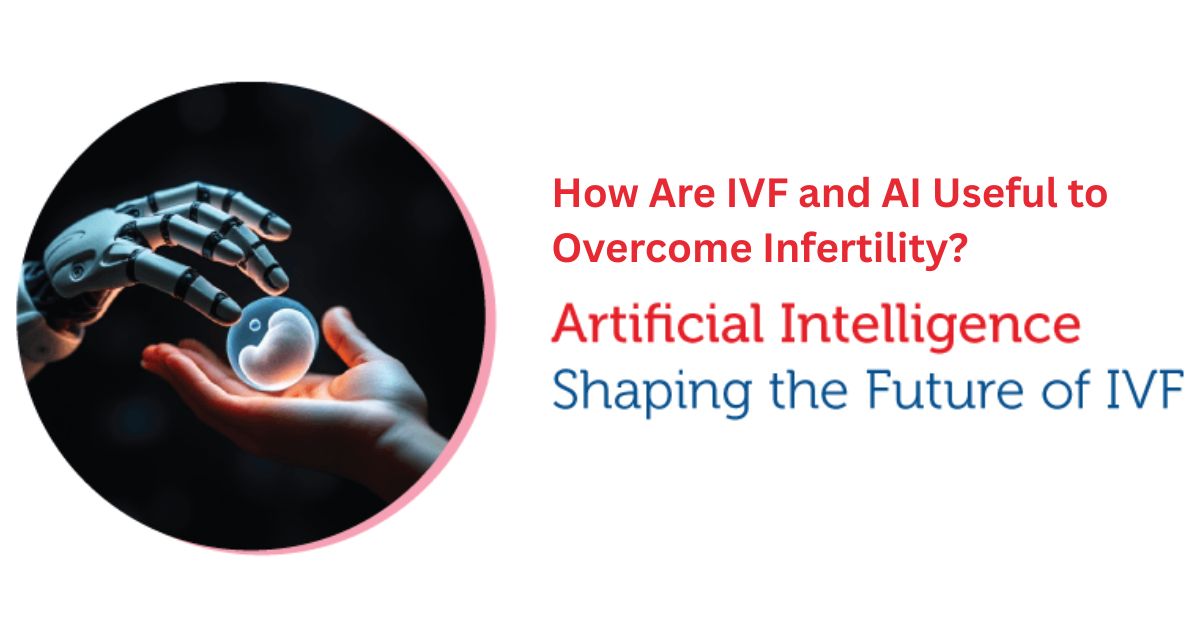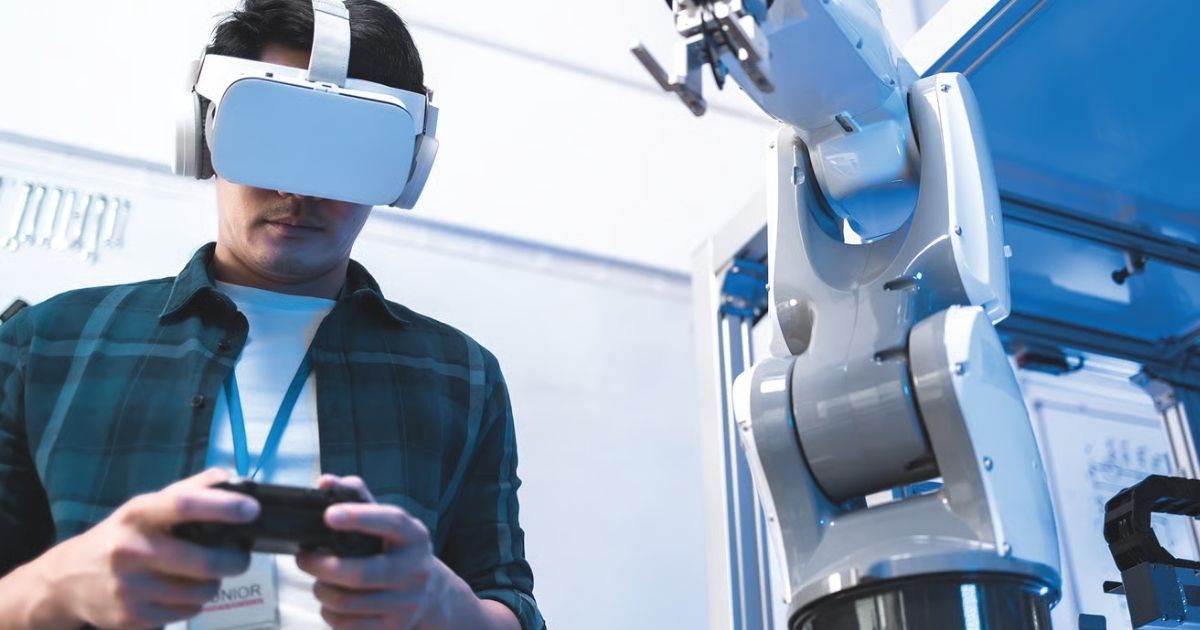Here’s a comprehensive guide for Ranking the 9 Leading AI 3D Model Generators for 2024. This ranking highlights the best AI tools available for creating, generating, and refining 3D models, detailing their features, pros, cons, and pricing.
.png)
1. NVIDIA Omniverse
Overview: NVIDIA Omniverse is a powerful AI-driven platform designed for creating high-quality 3D models and virtual worlds. It facilitates real-time collaboration and high-fidelity simulations.
Key Features:
-
Real-Time Collaboration: Multiple users can work on the same 3D project simultaneously.
-
AI-Powered Tools: Includes AI-driven model generation and enhancement features.
-
High-Quality Graphics: Supports high-fidelity graphics and rendering.
Pros:
-
Advanced Features: Offers a wide range of sophisticated tools for 3D modeling.
-
Real-Time Collaboration: Facilitates team collaboration on projects.
-
Free for Non-Commercial Use: Free access for personal and educational use.
Cons:
-
Complex Interface: May have a steep learning curve for beginners.
-
Resource Intensive: Requires high-end hardware for optimal performance.
Pricing:
-
Free: For personal and educational use.
-
Paid Plans: Contact for commercial use pricing.
Website: NVIDIA Omniverse
.png)
2. Blender
Overview: Blender is a highly versatile and popular open-source 3D modeling tool that uses various AI features to streamline model creation and editing.
Key Features:
-
Comprehensive Toolset: Includes modeling, sculpting, texturing, and rendering features.
-
AI Integration: Features AI-driven tools for automatic retopology and denoising.
-
Extensive Community: Large user base with abundant tutorials and plugins.
Pros:
-
Free and Open Source: Completely free to use.
-
Feature-Rich: Offers a full suite of 3D modeling tools.
-
Community Support: Extensive resources and tutorials available.
Cons:
-
Steep Learning Curve: Can be challenging for beginners to master.
Pricing:
-
Free: Open source with no cost.
Website: Blender
.png)
3. Daz 3D
Overview: Daz 3D provides a user-friendly platform for creating and customizing 3D models with a range of AI-enhanced features.
Key Features:
-
Pre-Made Models: Offers a library of pre-made 3D models and assets.
-
AI-Powered Customization: AI tools for model customization and posing.
-
User-Friendly Interface: Intuitive design for ease of use.
Pros:
-
Free Base Software: The basic version is free to use.
-
Extensive Asset Library: Large collection of 3D models and assets.
-
Easy to Use: Accessible for beginners.
Cons:
-
Paid Content: Some advanced features and assets require purchase.
Pricing:
-
Free: Basic software and assets.
-
Paid Plans: For additional content and advanced features.
Website: Daz 3D
.png)
4. Sketchfab
Overview: Sketchfab is a platform for 3D modeling and sharing with AI-enhanced tools for model creation and optimization.
Key Features:
-
3D Model Repository: A marketplace for 3D models and assets.
-
AI Tools: Features like auto-rigging and model optimization.
-
Interactive Viewer: Allows for the embedding and sharing of 3D models.
Pros:
-
Large Community: Extensive user base and model library.
-
Easy Sharing: Facilitates easy sharing and embedding of 3D models.
-
AI Enhancements: AI tools for improving model quality.
Cons:
-
Limited Free Features: Some features are restricted to paid plans.
Pricing:
-
Free: Basic features and limited uploads.
-
Paid Plans: Starting from $15/month for more features.
Website: Sketchfab
.png)
5. ZBrush
Overview: ZBrush is a professional-grade 3D modeling and sculpting tool widely used in the industry for its powerful features and AI-driven enhancements.
Key Features:
-
Advanced Sculpting Tools: Includes a variety of brushes and tools for detailed sculpting.
-
AI Features: AI-driven retopology and dynamic tessellation.
-
High-Quality Output: Produces highly detailed and complex models.
Pros:
-
Industry Standard: Trusted by professionals in various industries.
-
Powerful Tools: Offers advanced features for detailed modeling.
-
Regular Updates: Frequent updates with new features.
Cons:
-
Expensive: Higher cost compared to other tools.
-
Steep Learning Curve: Requires time to master.
Pricing:
-
Free Trial: Available.
-
Paid Plans: $895 for a perpetual license, $39.95/month subscription.
Website: ZBrush
.png)
6. Tinkercad
Overview: Tinkercad is a simple and easy-to-use 3D modeling tool designed for beginners and educational purposes, with some AI-powered features for ease of use.
Key Features:
-
User-Friendly Interface: Intuitive design, ideal for beginners.
-
Basic AI Tools: Features like shape grouping and alignment.
-
Educational Focus: Widely used in classrooms and for educational projects.
Pros:
-
Free to Use: Completely free with no cost.
-
Easy to Learn: Ideal for those new to 3D modeling.
-
Educational Resources: Extensive tutorials and resources.
Cons:
-
Limited Advanced Features: Not suitable for complex modeling needs.
Pricing:
-
Free: All features available at no cost.
Website: Tinkercad
.png)
7. Autodesk Maya
Overview: Autodesk Maya is a leading 3D modeling and animation software used by professionals in the film, game, and design industries. It incorporates AI tools to enhance workflow.
Key Features:
-
Comprehensive Toolset: Includes tools for modeling, animation, simulation, and rendering.
-
AI Integration: Features AI-driven retopology and motion capture.
-
Professional Quality: High-quality output suitable for industry use.
Pros:
-
Advanced Features: Offers a full suite of professional tools.
-
Industry Standard: Widely used in professional settings.
-
Regular Updates: Frequent updates with new features.
Cons:
-
Expensive: Higher cost compared to other tools.
-
Complex Interface: Requires time to learn and master.
Pricing:
-
Free Trial: Available.
-
Paid Plans: $155/month or $1,245/year.
Website: Autodesk Maya
.png)
8. Houdini
Overview: Houdini is a powerful 3D modeling and visual effects software known for its node-based workflow and AI-enhanced tools.
Key Features:
-
Node-Based Workflow: Allows for flexible and procedural modeling.
-
AI Tools: Includes AI-driven simulations and procedural generation.
-
High-Quality Output: Produces complex and detailed models.
Pros:
-
Advanced Features: Suitable for complex simulations and effects.
-
Flexible Workflow: Node-based system allows for great flexibility.
-
Professional Use: Widely used in film and game industries.
Cons:
-
Expensive: Higher cost compared to some other tools.
-
Steep Learning Curve: Requires time to master.
Pricing:
-
Free Version: Houdini Apprentice for non-commercial use.
-
Paid Plans: Starting at $2695 for a perpetual license.
Website: Houdini
.png)
9. Meshmixer
Overview: Meshmixer is a free 3D modeling software known for its intuitive interface and AI-driven tools for editing and refining 3D models.
Key Features:
-
3D Sculpting: Includes a variety of sculpting tools.
-
AI Tools: Features for automatic alignment and repair of models.
-
User-Friendly: Designed to be easy to use for all levels.
Pros:
-
Free to Use: No cost for all features.
-
Easy to Learn: Accessible for beginners.
-
Versatile: Suitable for a variety of 3D modeling tasks.
Cons:
-
Limited Advanced Features: Not suitable for very complex modeling needs.
Pricing:
-
Free: All features available at no cost.
Website: Meshmixer
.png)
Comparison Table
|
Tool |
Key Features |
Pros |
Cons |
Pricing |
|
NVIDIA Omniverse |
Real-time collaboration, AI tools, high-quality |
Advanced features, collaboration |
Complex interface, resource-heavy |
Free, Paid options |
|
Blender |
Comprehensive toolset, AI integration, community |
Free, feature-rich, community |
Steep learning curve |
Free |
|
Daz 3D |
Pre-made models, AI customization, user-friendly |
Free base, extensive library |
Paid content for advanced features |
Free, Paid options |
|
Sketchfab |
3D model repository, AI tools, interactive viewer |
Large community, easy sharing |
Limited free features |
Free, Paid plans |
|
ZBrush |
Advanced sculpting, AI retopology, high-quality |
Industry standard, powerful |
Expensive, steep learning curve |
Paid, Trial available |
|
Tinkercad |
User-friendly, basic AI tools, educational |
Free, easy to learn |
Limited advanced features |
Free |
|
Autodesk Maya |
Comprehensive toolset, AI integration, professional |
Advanced, industry standard |
Expensive, complex interface |
Paid, Trial available |
|
Houdini |
Node-based workflow, AI tools, high-quality |
Advanced features, flexible |
Expensive, steep learning curve |
Free, Paid plans |
|
Meshmixer |
3D sculpting, AI tools, user-friendly |
Free, easy to learn |
Limited advanced features |
Free |
Example Use Cases
|
Use Case |
Description |
Example |
|
Game Development |
Create detailed 3D models for game environments and characters. |
“Generate a character model for a video game.” |
|
Film and Animation |
Design complex 3D models and visual effects for movies. |
“Create visual effects for a sci-fi film.” |
|
Product Design |
Develop 3D prototypes of products for manufacturing. |
“Design a 3D prototype of a new gadget.” |
|
Educational Projects |
Teach students the basics of 3D modeling and design. |
“Create simple 3D models for classroom projects.” |
|
Virtual Reality |
Build immersive 3D environments for VR applications. |
“Develop a virtual reality simulation environment.” |
FAQs
1. Are these AI 3D model generators free?
Some of these tools offer free versions or trials, while others require a paid subscription for advanced features.
2. How do AI tools enhance 3D modeling?
AI tools can automate complex tasks, improve model accuracy, and enhance overall workflow efficiency.
3. Which tool is best for beginners?
Tinkercad and Meshmixer are excellent choices for beginners due to their user-friendly interfaces and simplicity.
4. Can these tools be used for professional projects?
Yes, tools like NVIDIA Omniverse, Blender, and Autodesk Maya are widely used in professional settings.
5. How can I choose the best tool for my needs?
Consider your specific requirements, such as the complexity of models, budget, and ease of use, to select the most suitable tool.

.jpg)
.png)




.jpg)





